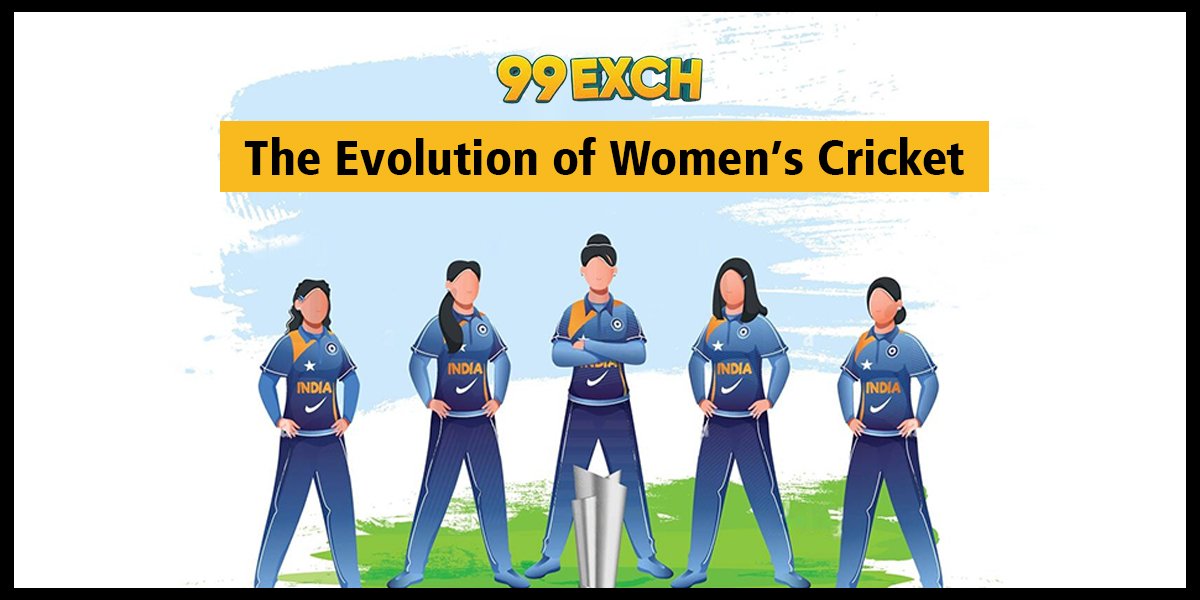The Evolution of Women’s Cricket
Cricket, often referred to as a game for gentlemen, is an ancient sport that has been in existence for centuries. However, the path trodden by women’s cricket has been one characterized by resilience, resistance and ultimately victory. Women’s cricket started small but went global from being low key.
Early Beginnings
Women’s cricket traces its roots back to the 1700s. In 1745, Bramley met Hambledon in England’s first recorded women’s cricket match (Chetty & Safdar). Though it had taken off rather early on in time, certain societal norms and restricting factors ensured women’s cricket remained at the periphery.
The Pioneers
Towards the end of the XIX century and beginning of XX century first women’s clubs appeared. In 1887 in England there was created such club called White Heather Club. However it was not before the 1920s that women began to organize their own leagues on any significant scale. The Women’s Cricket Association (WCA) was established in 1926 as a structured platform for female players (Lorraine).
International Expansion
First ever test match among ladies’ teams England and Australia took place in 1934 which marked debut of international women cricket (Archer et al.). Subsequently there were series with New Zealand and South Africa among others. Despite these developments, there were still considerable challenges including lack media exposure and funding issues.
The Role of World War
World War played a vital role in reshaping women’s cricket landscape dramatically after males cricketers got enlisted to serve their countries. Thus came an upswing during post-war years with more countries forming ladies’ teams while scheduling matches between them.
The Rise of One-Day Cricket
One Day internationals brought a fresh dimension into the game during seventies when female cricketers also embraced it. Two years prior to the men’s tournament, the first Women’s Cricket World Cup was held in 1973, which England won. Success of the world cup showed that women’s cricket could attract audiences and sponsors.
Professionalism and Global Reach
The growth of women’s cricket has been unprecedented in the twenty-first century (Sudesh). In 2005, International Cricket Council (ICC) took over management of women’s cricket resulting in better organization as well as promotion. The introduction of T20 cricket further revolutionized the sport. The Women’s T20 World Cup began in 2009 and has become a major event attracting huge crowds and extensive media coverage.
The Role of Media and Sponsorship
Media coverage and sponsorship have been integral to the development of women’s cricket. Television stations have taken up this game hence making it known globally through television broadcasts among other things (Gupta et al.). Big brand names are building interests on female cricketers’ backs knowing how popular they have become lately (Yusuf & Kavitha). The money from sponsors has made women crickets more secure financially to provide improved facilities for training and playing.
Achievements and Milestones
There have been numerous milestones recorded in Women’s cricket history. The final match for ICC Women’s World Cup played at Lord’s in 2017 had a record attendance across all times according to millions online viewership. Players like Mithali Raj, Ellyse Perry, Meg Lanning have become famous household names inspiring young girls to join sports such as cricket (Johar et al., 2018).
Dealing with challenges amidst the future.
In spite of a lot of progress, women’s cricket is still beset with problems. Pay levels, infrastructure and opportunities imbalances remain gender issues that need to be addressed. However, there are some hopes for tomorrow. This gap is now being bridged by an ICC and national cricket boards have taken initiatives to ensure gender equity in the sport through more investments and other measures.
Similarly, it is encouraging that women’s cricket has been incorporated into multi-sport events such as the Commonwealth Games and there are prospects of it becoming part of the Olympic games. These forums will offer greater exposure for female cricketers to exhibit their skills.
Conclusion
Women athletes also made remarkable changes in their lives from obscurity to world-class competition venues; this process was long and hard. Still, women’s cricket has the potential to reach new heights given increasing support from governing bodies, sponsors and fans alike.
Therefore as 99 Exchange continues to grow as a platform for betting on various sports including Cricket online among others; it can promote women’s cricket immensely. 99 Exchange enables betting options in addition to real-time updates and discussions about various topics related to sport which makes it even more popular day by day thus leading to economic stability in women’s cricket.




